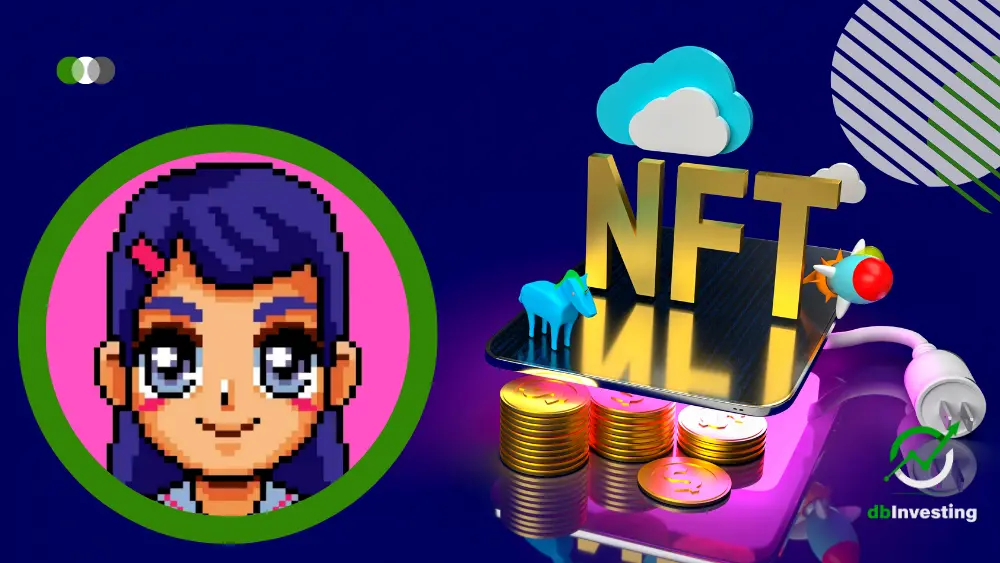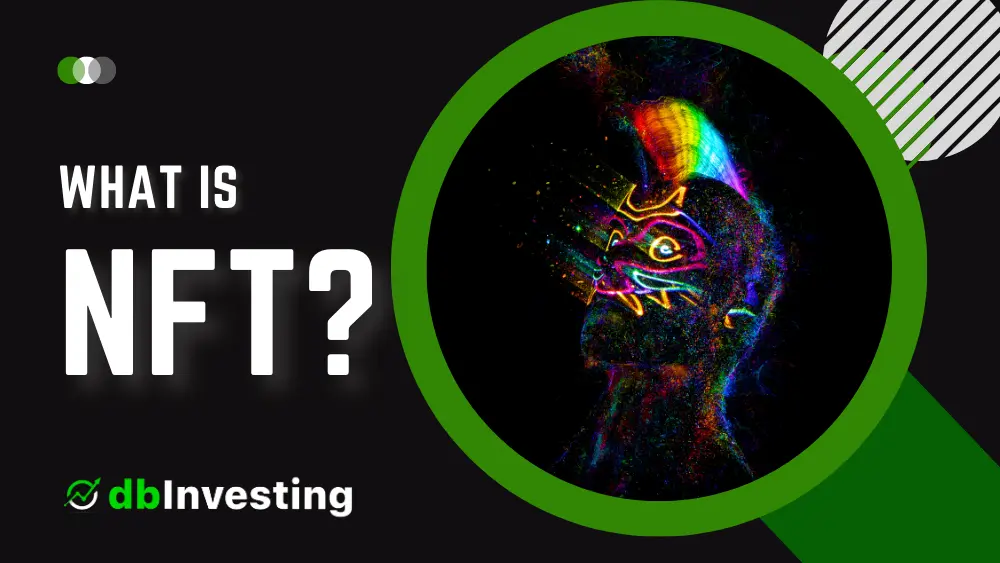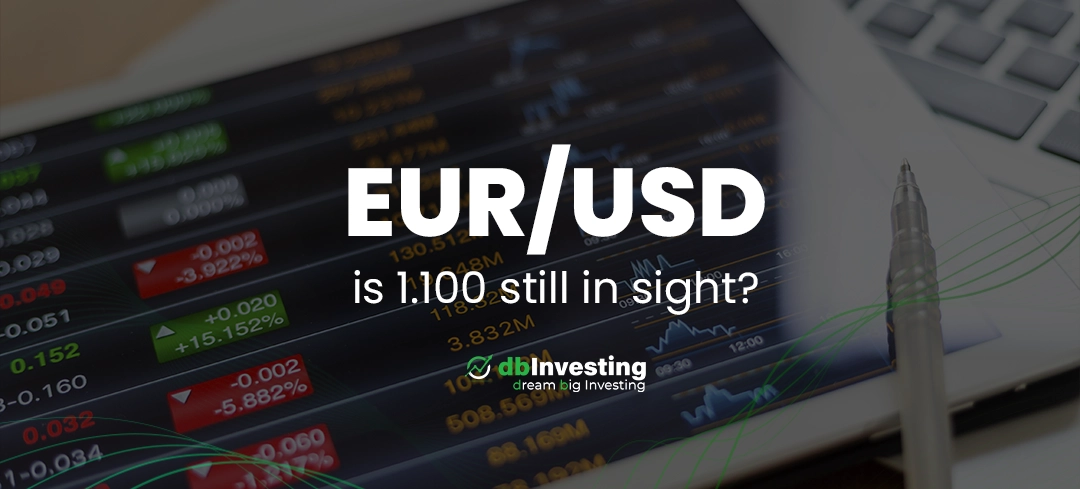Non-Fungible Tokens (NFTs) have taken the art world by storm, with digital artworks selling for millions of dollars. NFTs are unique digital assets that are verified using blockchain technology. They allow artists to monetize their work in new and innovative ways, and are changing the way we think about ownership and value in the art world.
In this comprehensive article, we will explore what NFTs are, how they work, and the impact they are having on the art world.
What are NFTs?
Non-Fungible Tokens (NFTs) are unique digital assets that are verified using blockchain technology. Unlike cryptocurrencies, which are fungible and can be exchanged for one another, NFTs are non-fungible, meaning that each one is unique and cannot be exchanged for another. NFTs can be used to represent any digital asset, including artworks, music, videos, and even tweets.
How do NFTs work?
NFTs are created using blockchain technology, which allows for the verification and tracking of ownership of digital assets. When an artist creates an NFT, it is assigned a unique identifier that is stored on a blockchain.
This identifier is then used to verify the ownership and authenticity of the digital asset. NFTs can be bought and sold just like any other asset, and ownership can be transferred from one person to another using blockchain technology.
The Impact of NFTs on the Art World
NFTs have had a significant impact on the art world, with digital artworks selling for millions of dollars. The ability to monetize digital art using NFTs has opened up new opportunities for artists, allowing them to sell their work directly to collectors without the need for intermediaries.
NFTs have also challenged traditional notions of ownership and value in the art world, with some arguing that the value of digital art lies in its scarcity and authenticity.

NFTs and Traditional Art Market
NFTs have caused a stir in the traditional art market, with some questioning the value of digital art and the role of NFTs in the art world. Some traditional art collectors and dealers are skeptical of NFTs, arguing that they lack the physicality and history of traditional artworks. Others see NFTs as an opportunity to expand the art market and reach new audiences.
Benefits of NFTs for Artists
NFTs offer a range of benefits for artists, including the ability to monetize their work directly, without the need for intermediaries. NFTs also offer artists greater control over their work, allowing them to specify the terms of sale and retain ownership of their intellectual property.
NFTs also offer the potential for artists to earn royalties on their work, as ownership and sales can be tracked using blockchain technology.
Challenges of NFTs for Artists
While NFTs offer a range of benefits for artists, there are also challenges to consider. One of the main challenges is the environmental impact of blockchain technology, which requires significant amounts of energy to operate.
There are also concerns about the accessibility of NFTs, particularly for artists who may not have the technical knowledge or resources to create and sell their own NFTs.

The Future of NFTs
The future of NFTs is still uncertain, but it is clear that they are here to stay. As blockchain technology becomes more widespread and accessible, it is likely that NFTs will become more widely used in the art world and beyond. There is also the potential for new applications of NFTs, such as in the gaming and entertainment industries.
Conclusion
Non-Fungible Tokens (NFTs) have caused a stir in the art world, offering artists new opportunities to monetize their work and challenging traditional notions of ownership and value.
While there are challenges to consider, such as the environmental impact of blockchain technology and accessibility issues, it is clear that NFTs are changing the way we think about digital art and the art market as a whole. As blockchain technology becomes more widespread and accessible, it is likely that NFTs will continue to grow in popularity and impact.



